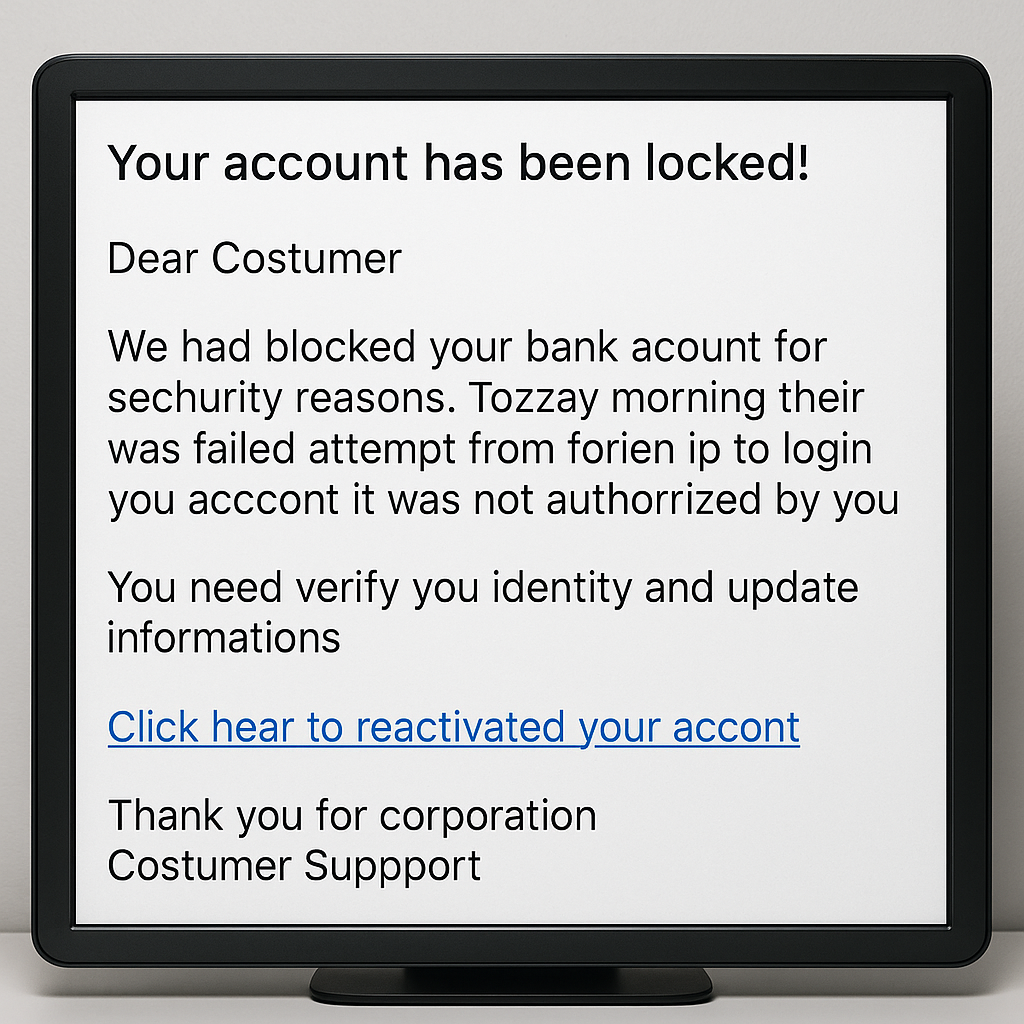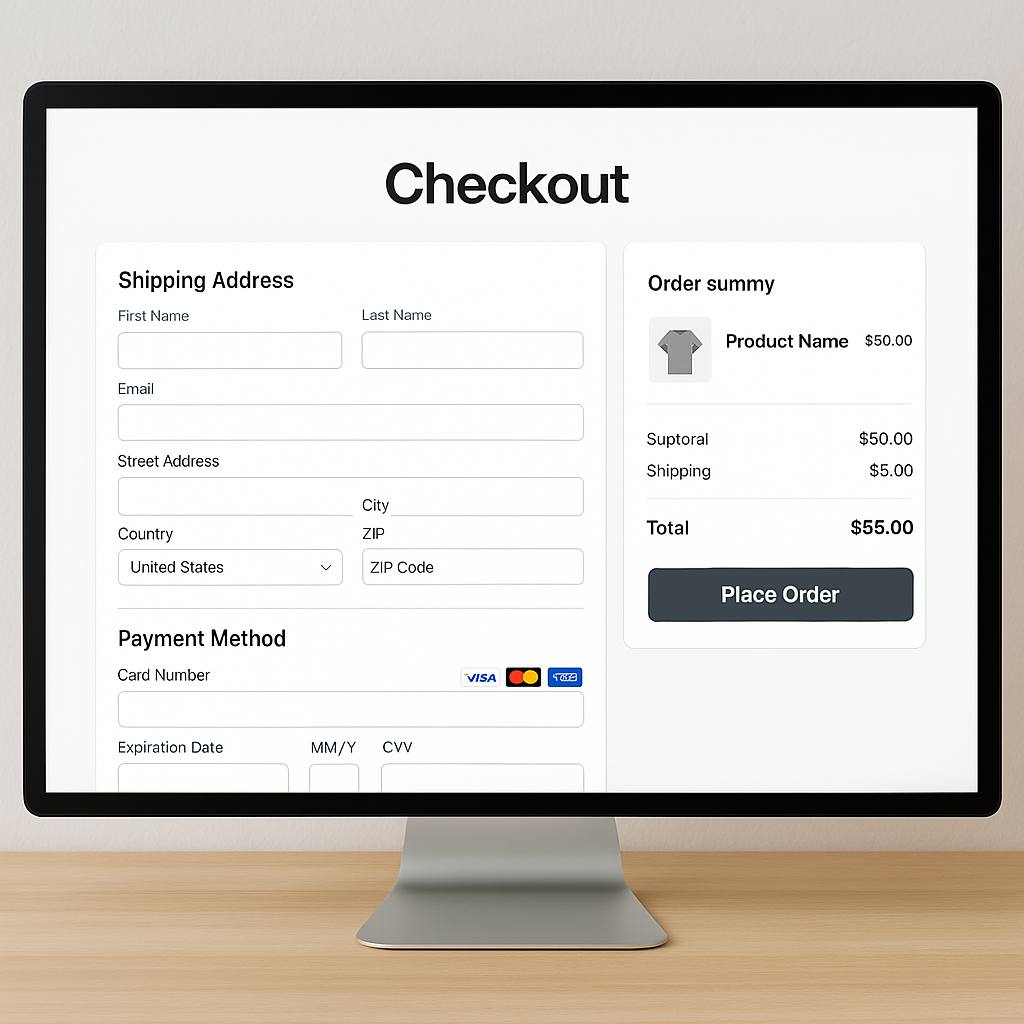The Mysterious 'S' in HTTPS
Once upon a time on the vast plains of the internet, there existed a simple yet mighty warrior known only as the 'S'. This humble character, often overlooked and misunderstood, had the power to turn the tide of internet safety. While its cousin HTTP strolled through the web with a carefree attitude, 'S' carried the weight of the world’s security on its tiny shoulders. You see, the 'S' in HTTPS stands for 'Secure', and it holds the secret to keeping your online life from spiraling into chaos.
Imagine HTTP as a paper airplane sailing through the air. It can be intercepted, read, and even redirected by anyone with the right skills. Now, morph that paper airplane into a titanium jet with encryption shields—voilà, you've got HTTPS. The 'S' encrypts data, making it nearly impossible for nefarious parties to snoop on your personal information. It's like sending your information through a secret tunnel guarded by ninjas. Who wouldn't want that?
But wait, there's more! The 'S' not only secures your data but also ensures that you're actually communicating with the website you think you are. Without this verification, you'd be like Alice in Wonderland, blindly following URLs and hoping they lead you to the right place. Phishing scams thrive on unsecure connections, tricking users into revealing personal details on fake websites. The 'S' stands as a vigilant gatekeeper, verifying the authenticity of websites and protecting you from the rabbit holes of the internet.
Now, you might be thinking, “Why should I care about a little 'S'?” Well, picture this: you're shopping online for a rare collectible—let’s say a life-sized cardboard cutout of your favorite movie star. You find a deal that’s too good to be true and click the link. Without HTTPS, your credit card information is up for grabs, and the only thing you might receive is a sinking feeling when your account is drained. The 'S' ensures that your purchase is made through a secure connection, safeguarding your financial details and bringing that cardboard cutout to your doorstep.
How HTTPS Became the Caped Crusader
The journey of HTTPS from a mere concept to the internet's caped crusader is a tale worth telling. In the early days, the internet was like the Wild West—lawless and full of opportunities for digital bandits. HTTP was the standard, and while it got the job done, it was about as secure as leaving your front door open with a welcome sign for burglars. Enter Netscape Communications, the visionary company that introduced HTTPS in the mid-90s to provide a secure means of transmitting sensitive data over the web.
Initially, HTTPS was a luxury reserved for e-commerce sites and online banking, where the stakes were high, and the need for security was paramount. It was like a VIP badge, allowing only the elite to protect their data. However, as the internet evolved, so did the threats. Cyberattacks became more sophisticated, and the need for comprehensive security grew. HTTPS began to spread its wings, becoming a standard for all websites that valued user security.
The rise of HTTPS wasn’t without its challenges. Implementing it required website owners to obtain SSL/TLS certificates, which could be costly and complicated. It was akin to asking every house in a neighborhood to install a high-tech security system. Many balked at the cost and effort, preferring to stick with the good old HTTP. But as cyber threats loomed larger, the tide began to turn. Organizations like Let's Encrypt emerged, offering free SSL/TLS certificates and making HTTPS accessible to all. It was a game-changer, transforming HTTPS from a luxury to a necessity.
Today, HTTPS is the norm rather than the exception. Major browsers like Chrome and Firefox have joined the crusade, flagging HTTP sites as 'Not Secure' and nudging users towards the safer shores of HTTPS. The 'S' has become a symbol of trust and reliability, a testament to how far we've come in the quest for a safer internet. And yet, there are still websites clinging to the old ways, leaving their users vulnerable to the perils of the digital world.
How Does HTTPS Work to Secure Connections?
You’ve heard the whispers in the tech jungle: "HTTPS is the life of the party." But what’s the deal with this secure connections superstar, and how does it really keep our digital dance floor safe? Grab your party hat, and let's get groovy with HTTPS!
- The VIP Entrance: Padlock Swag Imagine you’re at an exclusive club. To get in, you flash a shiny padlock at the bouncer. That padlock is HTTPS’s way of saying, "Hey, I’m legit!" It’s like an all-access pass that lets you in with confidence, knowing no digital gatecrashers are sneaking in.
- Dress Code: HTTPS Bling HTTP might show up in plain jeans and a tee, but HTTPS rolls in with some serious bling—those extra “s” that stand for secure. Every time you see “https://” in a URL, it’s like spotting a celebrity wearing diamond-studded armor. You know the party’s top-tier.
- The Secret Handshake: SSL/TLS High-Five To keep out the riffraff, HTTPS has a secret handshake with your browser called SSL/TLS. Here’s how it goes:
- Step 1: The browser and server exchange public keys—think of it as swapping dance moves.
- Step 2: They then create a symmetric key, a shared secret rhythm only they know.
- Step 3: With their synchronized moves, they start the encryption boogie. It’s like a perfectly timed dance that only they can perform, making sure no one else can crash the party.
- The Cipher Salsa: Encryption Tango Now that our browser and server are synced up, they get into the groove with some serious cipher salsa. Every bit of data they exchange is encrypted—wrapped up tighter than a burrito at a salsa fest. This makes sure that even if someone tries to peek, all they see is a jumbled mess. No spoilers here!
- Integrity Check: The DJ’s Watchful Eye Our digital DJ doesn’t just play any tunes; he’s got an eye for integrity. HTTPS makes sure the data isn’t tampered with, like a DJ ensuring the record isn’t scratched. If someone tries to change the message, HTTPS catches it, keeping the dance floor drama-free.
- Certificate Coolness: The ID Check Every cool party has a guest list. HTTPS uses SSL/TLS certificates issued by trusted Certificate Authorities (CAs). These are like the VIP badges verifying that everyone on the list is who they say they are. No fake IDs allowed!
A Party to Remember
With HTTPS at the helm, every web connection is a secure, exclusive event. You can surf, shop, and share with confidence, knowing your data is as safe as a dance move in a well-guarded club. So next time you see that padlock and “https://,” give a little nod of appreciation to the unsung hero of internet security.
Real-Life Catastrophes Avoided by HTTPS
It’s easy to underestimate the power of HTTPS until you hear the horror stories of those who navigated the web without its protection. Take the case of John Doe, an unsuspecting internet user who decided to book a vacation online. He found a seemingly legitimate travel website, filled out his personal details, and clicked 'Submit'. Little did he know, the site was a cleverly disguised phishing trap. Without HTTPS, his sensitive information was intercepted, and instead of a dream vacation, John was left with a nightmare of identity theft.
Then there’s the story of Mary, an avid online shopper. Mary stumbled upon a fantastic deal for designer shoes on a site that didn’t bother with HTTPS. Ignorant of the risks, she entered her credit card information, only to find unauthorized charges piling up on her account days later. Her dream of strutting in those designer heels turned into a tedious battle with her bank to reverse the fraudulent transactions. If only the site had that tiny 'S', Mary’s shopping spree wouldn’t have ended in financial catastrophe.
Businesses, too, have faced the wrath of an unsecure internet. Imagine a startup launching their first product—an innovative gadget promising to revolutionize daily life. They’ve poured their heart and soul into the development and are ready to take orders through their website. But in their haste, they overlook implementing HTTPS. Cybercriminals swoop in, intercept customer data, and the startup’s reputation is tarnished before it even takes off. Customers lose trust, sales plummet, and what could have been a success story turns into a cautionary tale.
Even government websites aren’t immune to the dangers of an unsecure connection. Picture a local government portal where residents log in to pay taxes, access public records, and engage in civic activities. Without HTTPS, this treasure trove of personal information is vulnerable to interception and misuse. One security breach could compromise the privacy of thousands, shaking public trust in governmental institutions. It’s a stark reminder that the 'S' is not just a letter but a shield against digital anarchy.
Embracing the 'S' for a Safer Future
So, what can you do to embrace the 'S' and ensure a safer online experience? Firstly, always look for the HTTPS in the URL bar before entering any sensitive information. It’s like checking for the seal of approval before buying a product. If a site doesn’t have it, think twice before proceeding. Your data is precious, and there’s no need to hand it over to unscrupulous characters lurking in the shadows of the internet.
Website owners and developers have a crucial role to play in this security dance. Implementing HTTPS is no longer a Herculean task, thanks to services like Let's Encrypt. By securing your site, you not only protect your users but also boost your site's credibility. Modern browsers reward HTTPS sites with better search rankings and a 'secure' label, while flagging HTTP sites as potential risks. It’s a win-win situation where security and performance go hand in hand.
Educating yourself and others about the importance of HTTPS is another step towards a safer digital world. Spread the word, share this knowledge, and become an advocate for internet security. The more people understand the significance of that tiny 'S', the less likely they are to fall prey to cyber threats. After all, a well-informed community is a robust defense against the ever-evolving landscape of cybercrime.
The tiny 'S' in HTTPS might seem insignificant, but its impact on internet security is monumental. It’s the unsung hero that safeguards our data, our transactions, and our peace of mind. As we continue to navigate the digital realm, let us champion the cause of HTTPS and strive for a safer, more secure internet for all. Because in the end, it’s not just about a letter—it’s about building a fortress of trust and security in the vast, wild world of the web.











